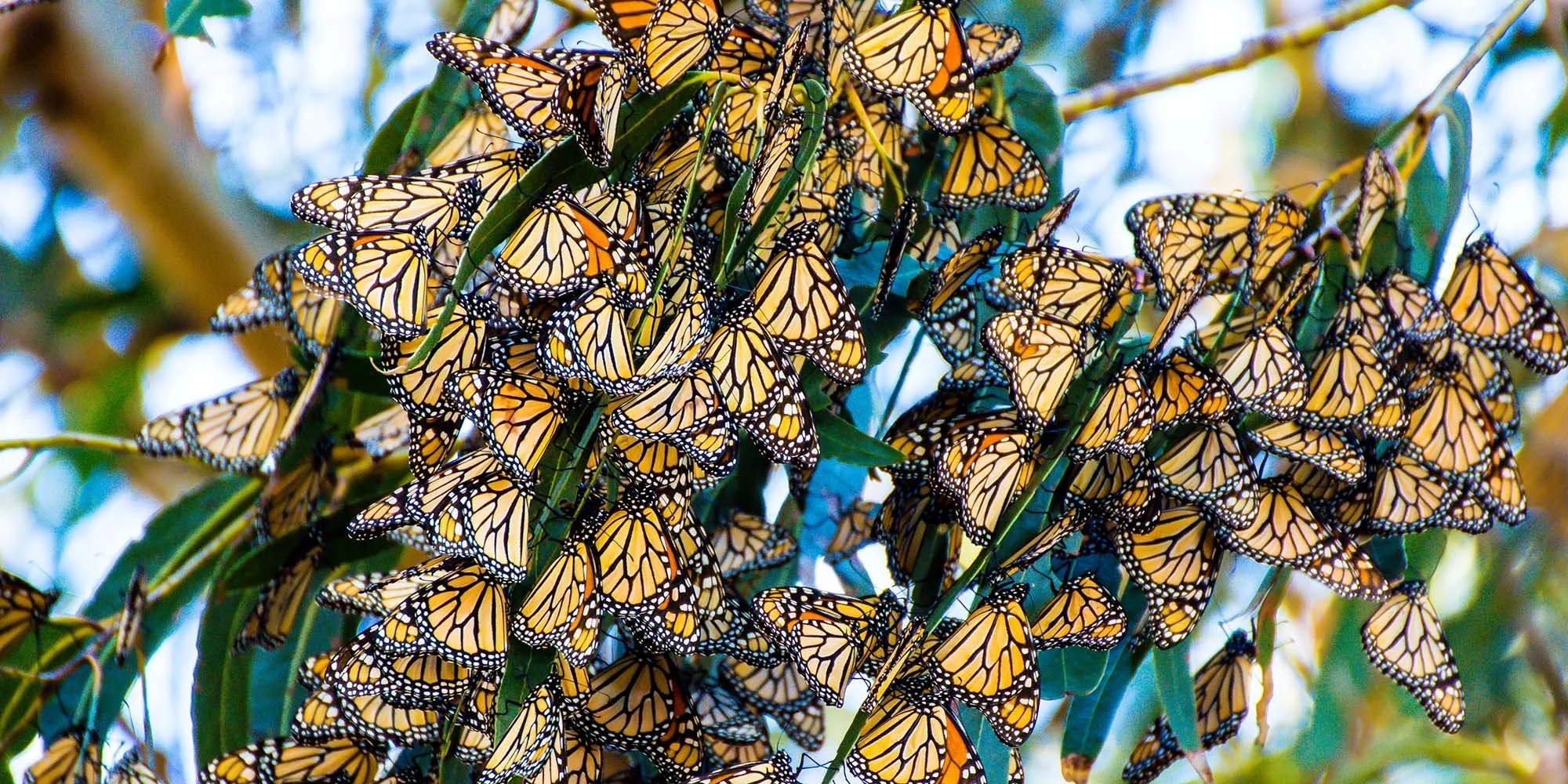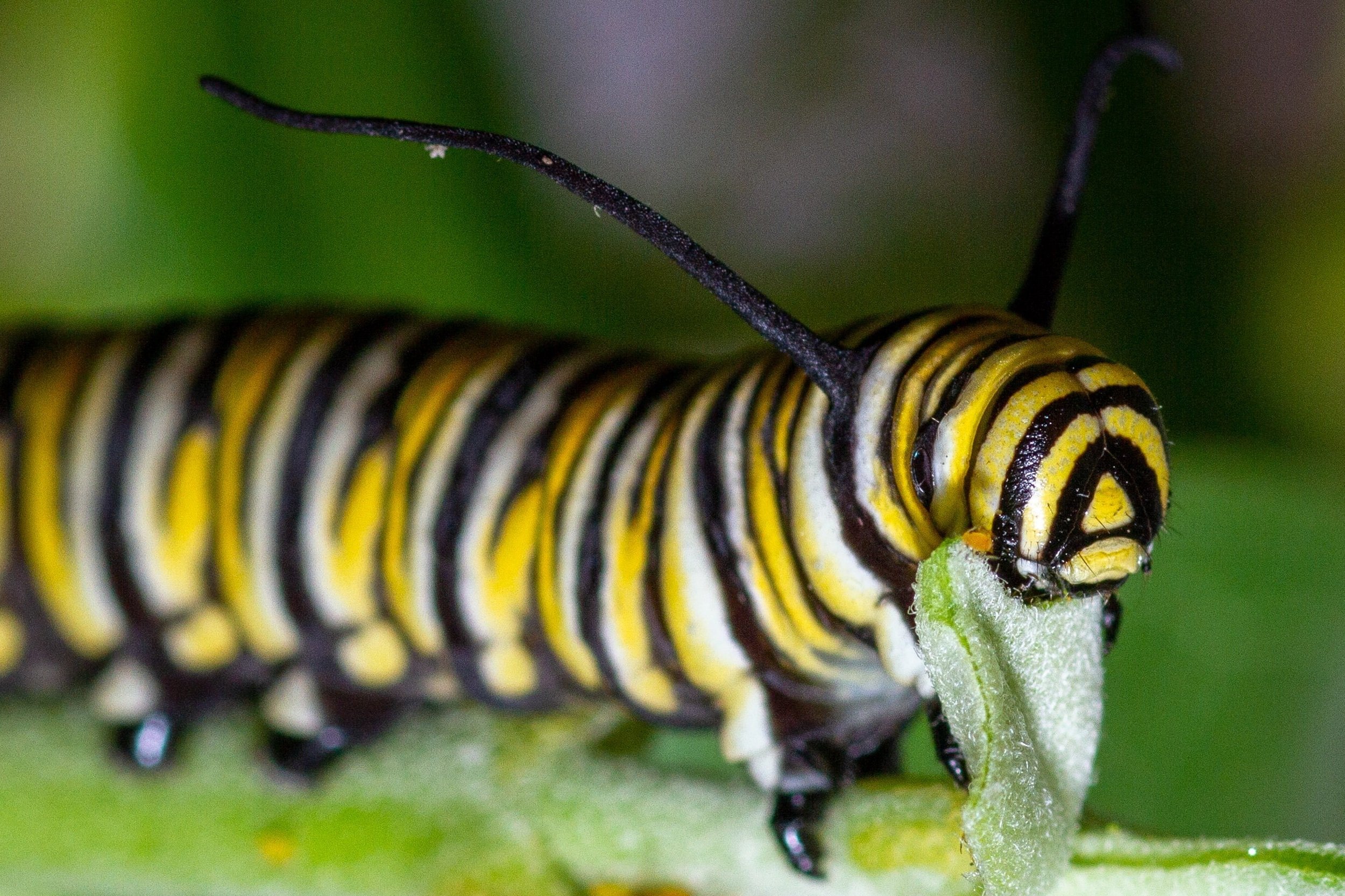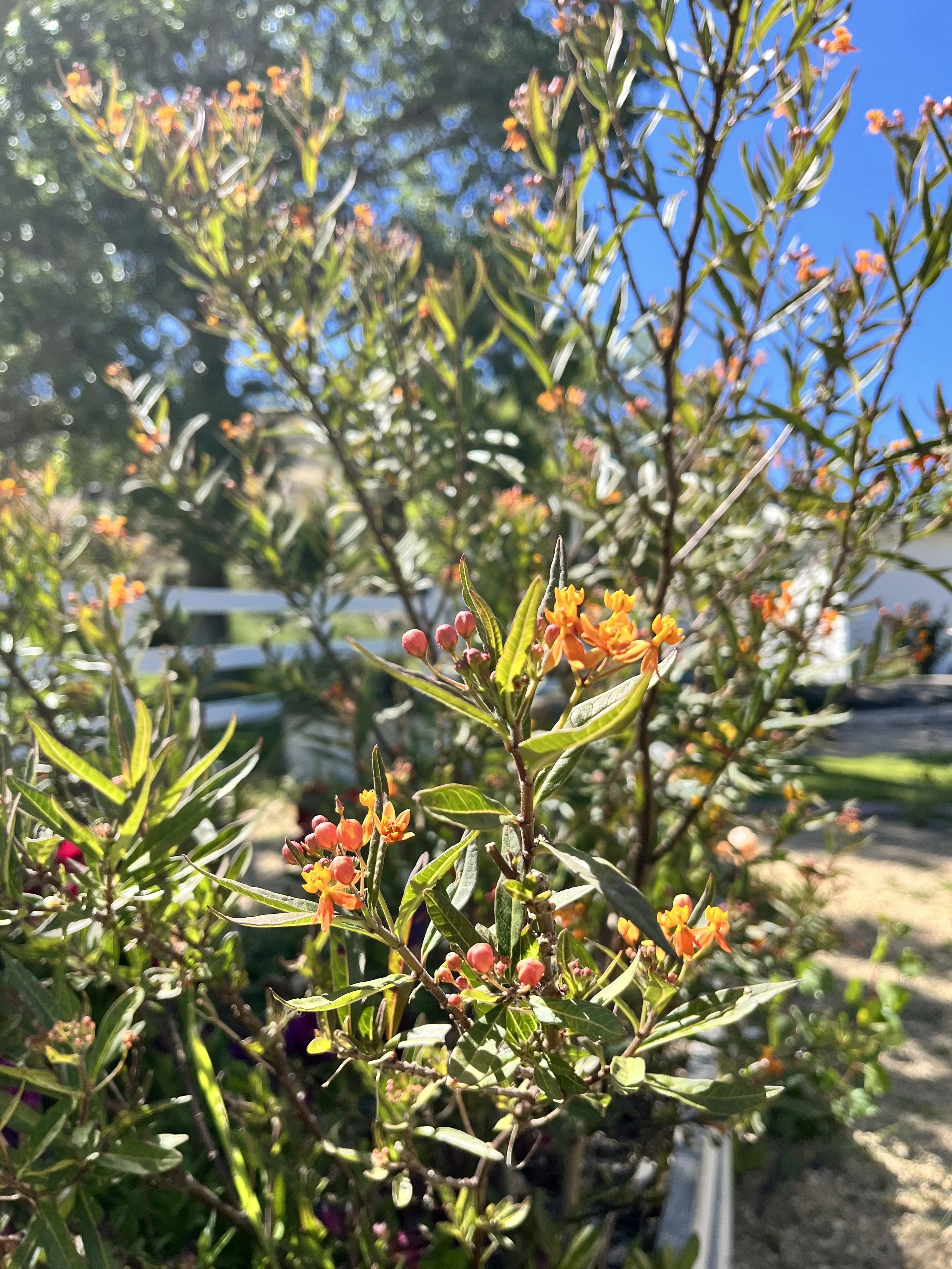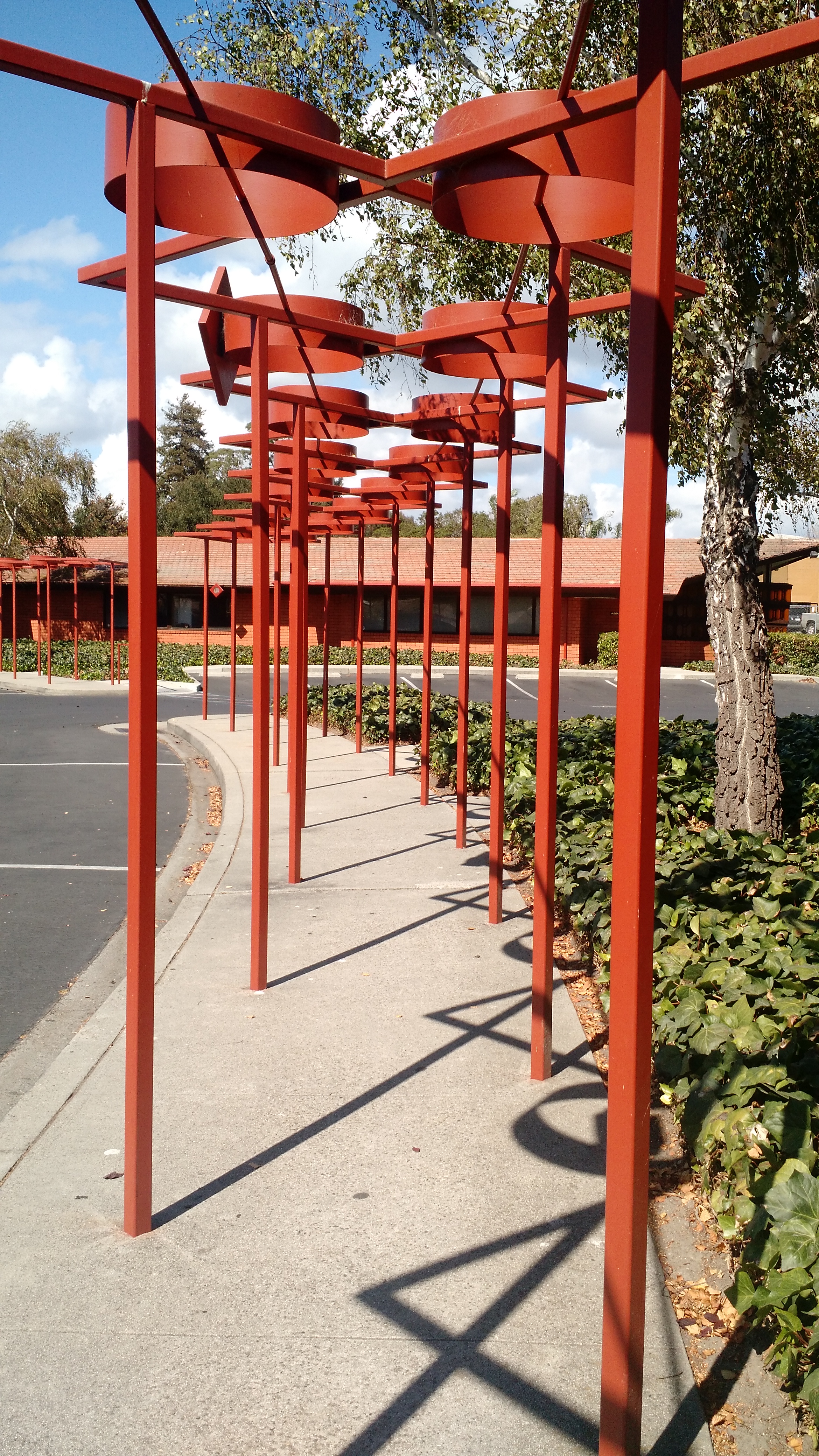IMAGE: calparks.org
Why Save the Monarchs
The monarch butterfly is currently considered a candidate for listing under the Endangered Species Act. Due to habitat loss, pesticide use, and fluctuating climate across the US, Canada, and Mexico, the monarch butterfly population is experiencing severe decline (as much as a 90% decline over the last decade). These incredible travelers are not only iconic to Santa Cruz, but also serve as beautiful ambassadors for sustainable land use practices; the healthier the land and habitats of a monarch, the higher the ability of the land to support other symbiotic and co-dependent flora and fauna.
Midtown Optometry and Monarchs
Monarchs are an important part of our local and statewide ecosystem. Here at Midtown Optometry, we have access to a wide range of individuals who are geographically spread throughout the County and beyond. Since milkweed is the only sustenance that monarch larvae and caterpillars rely on, then an easy way to support the monarch population is to encourage widespread cultivation of milkweed plants; be that in flower pots on a deck, or in a flower garden, or dispersed among the poppies in a field of wildflowers. Read on to learn how to grow your milkweed from seeds!
A monarch butterfly caterpillar, munching on some milkweed.
How to Grow Milkweed
Milkweed seeds need to be exposed to cold temperatures (cold-stratification) for spring planting or should be planted in late fall, when the weather will vernalize the seeds naturally. To do this, put your Milkweed seed in a damp paper towel or some damp sand inside a zipper bag, and place in your fridge for 3 – 6 weeks (30 days).
Cold-treated milkweed seed can be planted directly in soil, or started indoors. Sow milkweed seeds directly by scattering them on the soil surface 1/4-1/2 inch apart, and then covering them with about 1/4 inch of additional soil. Water well, until plants are established. To start indoors, fill peat pots, egg cartons, or any other biodegradable starter pot almost to the top with soil. Water until soil is damp. Place 1-2 cold stratified seeds in each pot and cover with 1/4 inch of soil. After 10-15 damp days on a sunny windowsill, transplant the seedlings to a sunny pot or garden bed, in their pots. Water well, until established.
For much more detail, click here, and check out this link for tips on how to raise monarchs at home!
Milkweed growing in the central coast
Fun Facts about Monarchs
-Monarchs live 2-6 weeks except for the fourth generation, which flies all the way from Mexico back to northern US and Canada.
-Monarch eggs hatch after 3-4 days and the larvae will remain in caterpillar form for 7-17 days before becoming a chrysalis. This pupae stage lasts 10-14 days before a butterfly emerges.
-Monarchs living west of the Rocky Mountain Range spend the winter in California along our coast. The coastal forests provide a similar microhabitat to the mountains in Mexico where the monarchs east of the Rocky Mountains spend the winter.
-Milkweed contains a toxin that, when ingested by the caterpillar, makes it toxic to other animals. These toxins remain in the butterfly as well, providing protection from predators that would otherwise eat the monarchs.
Find out more via the USDA or at our local monarch habitat, Natural Bridges SP.

































